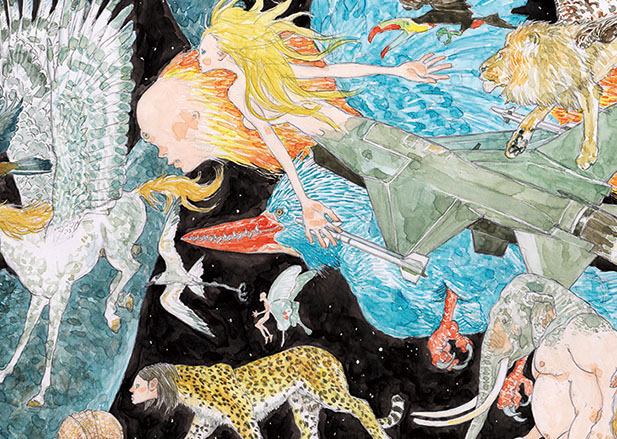Devils and unicorns. Werewolves and giants. The world is full of stories about creatures that defy our laws of nature. Fantastic beasts like these come in countless shapes and sizes, yet we find similarities in tales of such creatures everywhere.
For example, both dragon and mermaid imagery are found worldwide. They may take different forms, but the relative characteristics remain unchanged. Why is this? How could disparate, ancient people dream up similar mythical animals? And when one region has its own unique beast, what does that say about the culture that created it? These were just a few of the questions I asked myself at "Regnum Imaginarium: Realm of the Marvelous and Uncanny," the current exhibition at Osaka's National Museum of Ethnology.
At "Regnum Imaginarium," you are invited to take a peek into otherworldly territories where gryphons and shapeshifters walk freely. Divided into two main parts — Biota of the Imaginary and Cultural History of the Imaginary — it shows how different societies interpreted the creatures from today's fairy tales, literature, movies and beyond. It's a fun exhibition for any kid interested in the history, culture and craft of monsters.


















With your current subscription plan you can comment on stories. However, before writing your first comment, please create a display name in the Profile section of your subscriber account page.